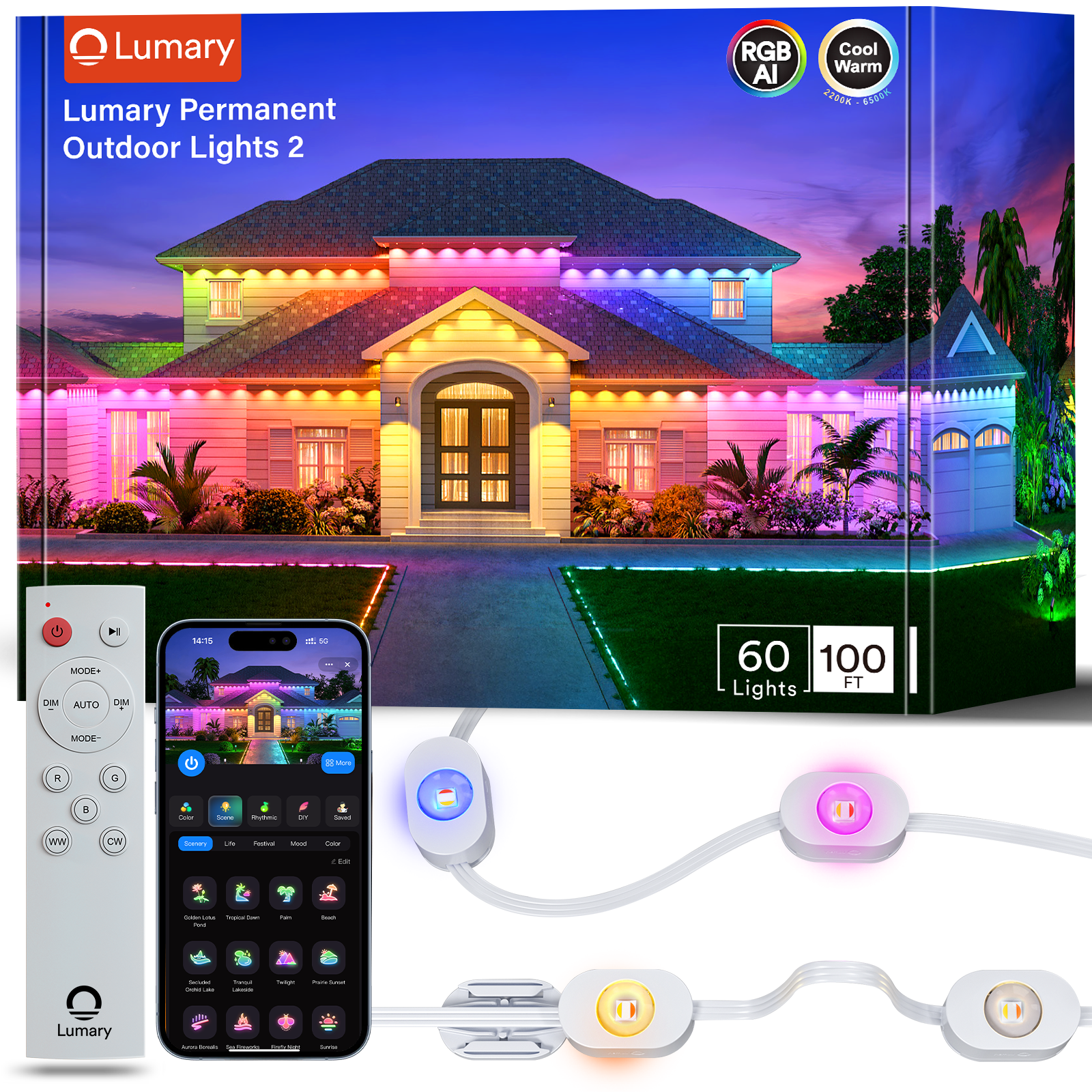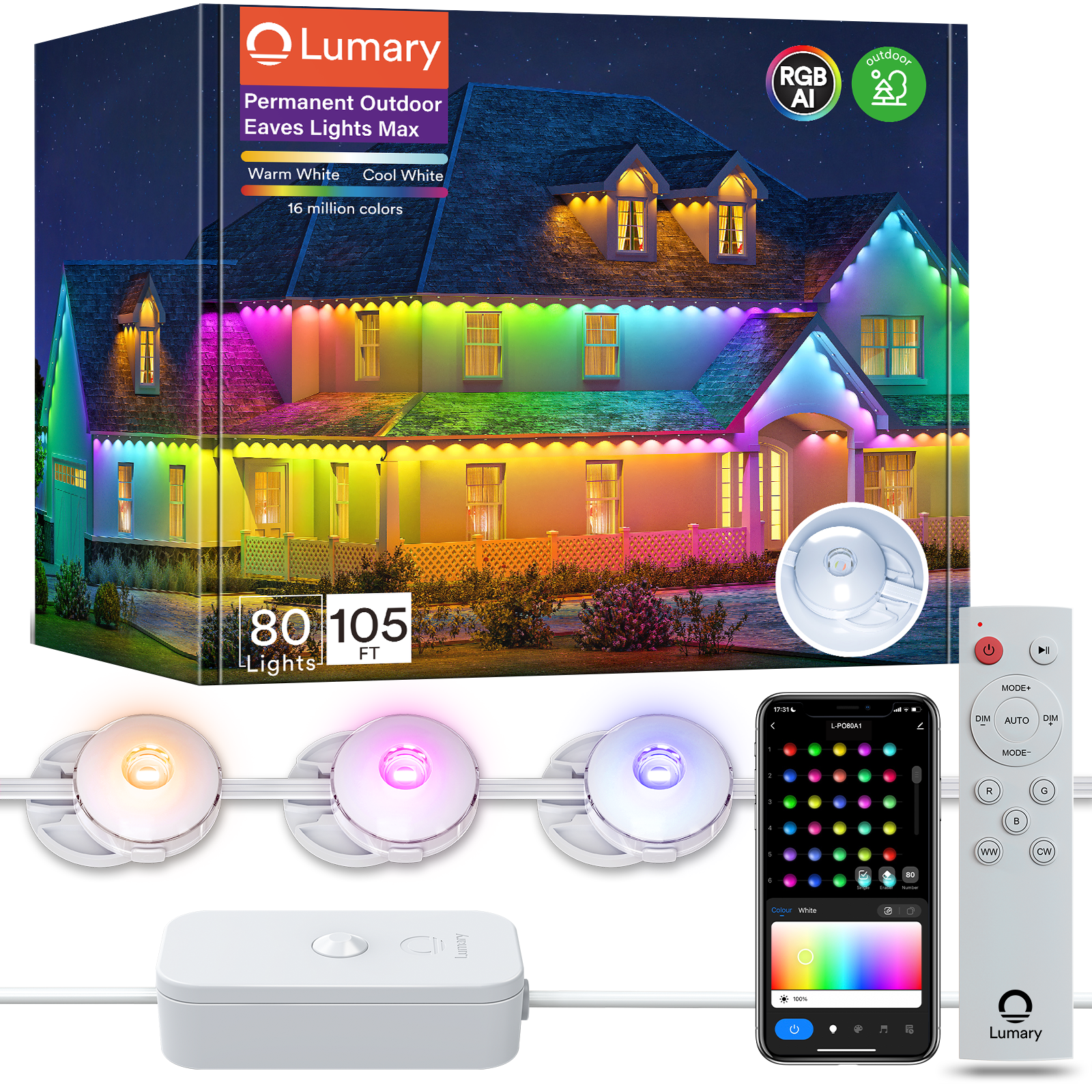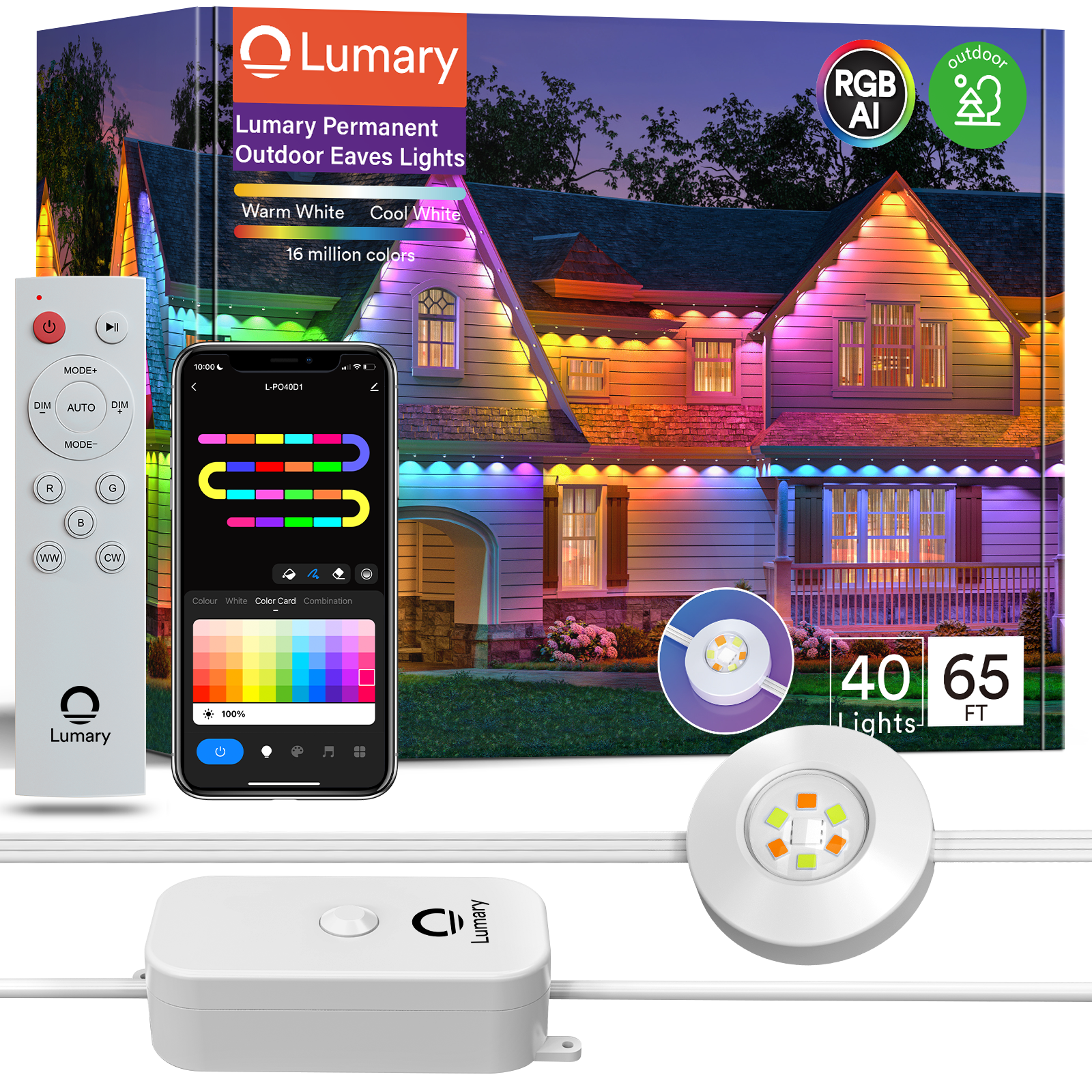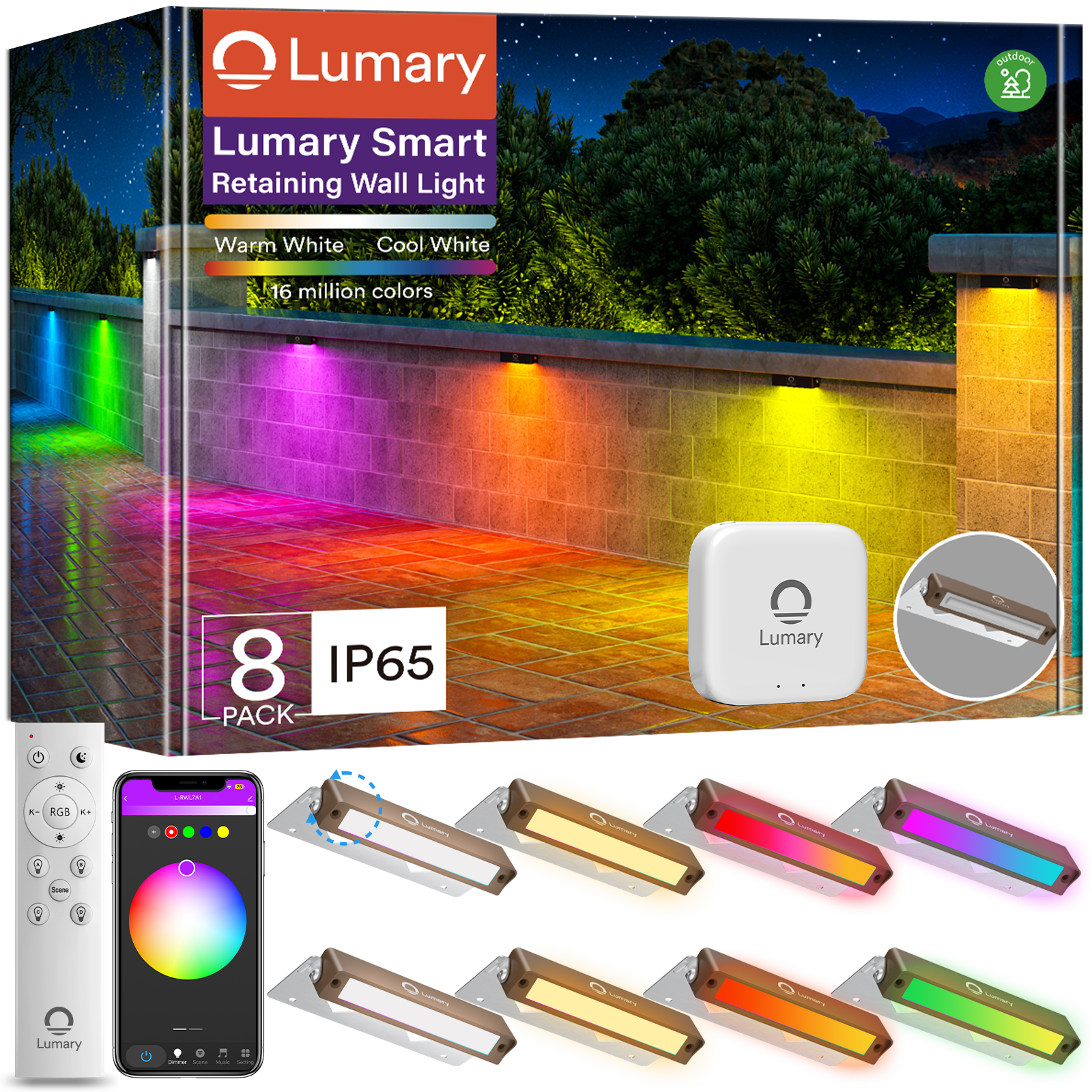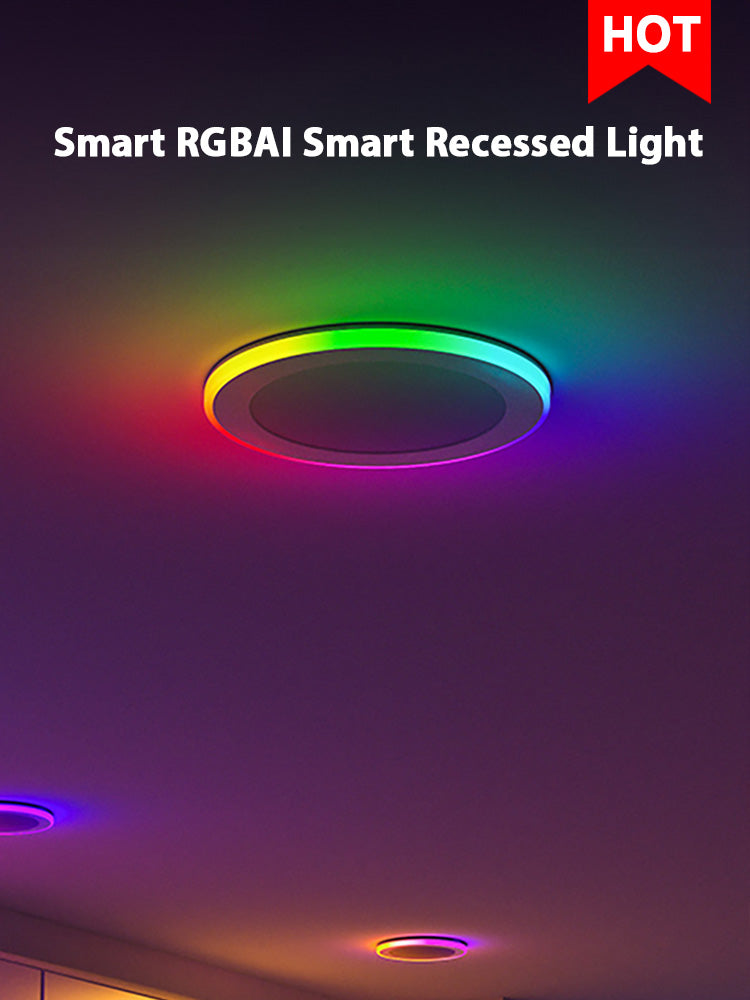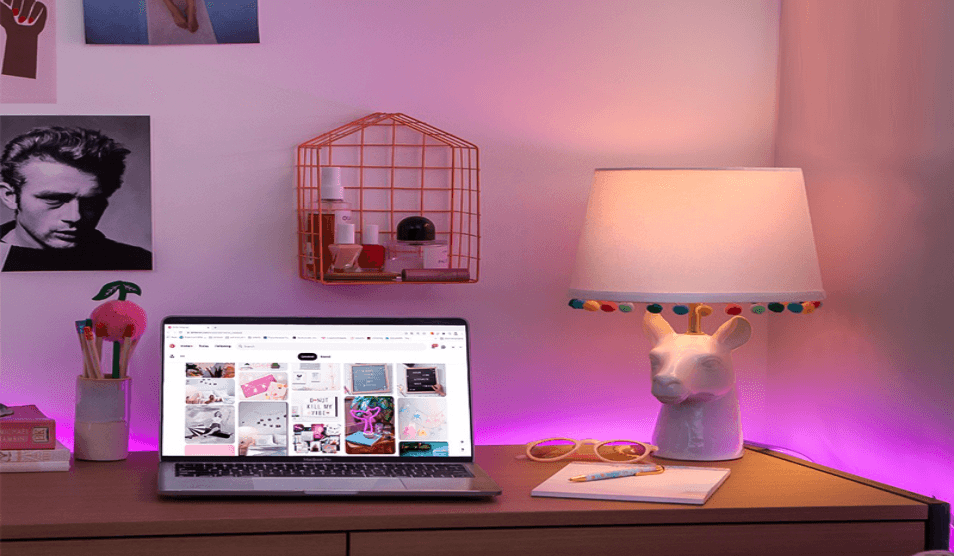One increasingly popular way is in LED strip lighting. Has become an indispensable part of home decoration and holiday celebrations, but there are many things you need to consider in making sure you get the right type of light for your needs.

First of all, we need to know some LED light strip terminology:
- Lumen - Lumen is the measurement of brightness as perceived to the human eye. Because of incandescent lighting, we are all accustomed to using watts to measure the brightness of light. Today, we use lumen. Lumen is the most important variable when choosing which LED strip light you need to look at. Make sure you compare lumen output between LED strip lights before determining which one is best for your project.
- CRI(Ra) - Color Rendering Index (CRI) is the measurement of how colors look under a light source when compared with sunlight. The index is measured from 0-100, with a perfect 100 indicating that colors under the light source appear the same as they would under natural sunlight. Under normal circumstances, the display index of the light bar is between 60-70, and an excellent lighting lamp can reach more than 90, and 100 is just an ideal number.
- Ingress Protection: - IP is an acronym "Ingress Protection". It is a measurement of the protection an item will have against solid objects (dust, sand, dirt, etc.) and liquids. An IP rating is comprised of 2 numbers. The first number refers to the protection against solid objects (dust, etc) and the second number refers to protection against liquids. Learn more about what the numbers mean here.
- Color temperature - Color temperature is conventionally expressed in kelvins, using the symbol K, a unit of measure for absolute temperature. Color temperatures over 5000 K are called "cool colors" (bluish), while lower color temperatures (2700–3000 K) are called "warm colors" (yellowish). The Lumary is offered in a wide color temperature (CCT) range from 2700K to 6500K. If you need color the Lumary has that covered to with red, yellow, green and blue.
- Pure White– White with a cool blue tone. Perfect for kitchens and bathrooms, and modern crisp living. We stock a range of pure whites, from 5000k-6500k.
- Warm White– A more traditional yellow colour, similar to incandescent lighting. Ideal for ceiling LED lights, and domestic spaces such as bedrooms, living rooms and hallways. We stock warm whites from 2700k-3200k
- Single Colour (Red, Green, Blue or Amber) – Striking shades and colours that will give your rooms a bold effect. Great for commercial spaces like clubs, bars and restaurants, or for domestic feature lighting.
- RGB LED strips with a combination of red, green and blue LEDs. By mixing these colours through a controller or smartphone app, you can create any shade you can imagine! (Including pure white.)
- RGB WW(warm-white) CW(cold-white) : The next evolution of RGB LED strips. RGBWW strips offer a combination of four LED colours – red, green, blue and white. The addition of white light enables you to create pastel shades in addition to all the colours offered by RGB LEDs.At the same time, the color temperature can be adjusted freely between 2700-6500k. This is the most popular type in the market.
LEDs/length
- When buying LED strip lights, it is important to look at the number of LEDs per length. For brighter output and higher light quality you should look for the strip lights that have the highest number of LEDs per Foot (Meter, Yard, etc). If LEDs are spaced too far apart across the strips they could produce spotty lighting instead of a clean, constant line of light. It can be confusing as manufacturers use different units of measurement to advertise this. My suggestion is to convert them into unit density for comparison. Take note that this is not the only factor in determining brightness and light quality. Our LED Rope Light, for instance, has more LEDs per foot than our DC LED Flex Strips but they are dim LEDs and are much spottier than the Flex Strips, so always check on brightness of the LEDs as well.
LED Strip Brightness
- As LED technology continues to improve, LED strips continue to reach brighter capabilities. This does not mean all strips will be super bright, in some cases you may not even want the light to be super bright. An example of this would be accent lighting within a shelf. Fortunately, all Lumary smart strips can be adjusted for brightness.
- Brightness of LEDs is measured in lumens. Depending on how you are using the LED strips, you will probably want a certain level of lumens. For accent lighting you will probably not want anything brighter than 200 Lumens per foot but for other applications where you want more light it just depends on your personal preference of how bright you want them.
LED Strip Colors
- Our LED strip lights come in a wide range of single colors as well as multi-color strips (RGB). The most basic LED strip lights are our single colors that only emit one fixed light color. We offer them in: Warm White, Neutral White, Cool White, Red, Green, Blue, Yellow and Ultra Violet (UV); You can adjust the color you like in 16 million colors
- The color changing strips are called RGB strips. These LED lights can display any Red-Green-Blue combination color. These strips require a controller to change colors in flashes or stay on one selected solid color. Take a look below to see how these strip lights work and look.
Installation of LED Strip Lights
When buying light strips for an application you should always have an idea of how you will mount them and set them up.I know that most of the light bars have adhesive on the back, but if we need to install it in a non-smooth, we need auxiliary tools.
Here are some factors you should always keep in mind, we will get more specific farther on in this post when we talk about each individual strip:
- Know the total length of LED strips needed
- Know how many breaks will be in the lights or how many separate strips you need
- Know your strips power and voltage requirements
- Flexibility of the LED strip lights: Free cut
- Durability of the LED strips: Need Waterproofing?
- Decide whether other components such as Hub or extra wire are needed
- Decide how you will dim, control, or program the strips you set up
- LED Strip Wattage
Here I recommend Lumary most popular smart light bar for everyone
Lumary RGB WW CW WiFi LED strip lights (16.4FT/5M)
- Sync light to your favorite music allowing you to enjoy every beat. Transform your room into a dance floor, and extend your TV viewing experience to the whole room.
- Compatible with Alexa, Google home
- Customize your lighting with the choice of 16 million colors.
- directly post it where you want to install, if it is installed on a non-smooth surface, we are equipped with fixing accessories.
- Number of LEDs: 90/M
- Lumens: 1500
- Ra: ≥80
- Beam angle: ≥160°
- Modlue: Wi-Fi+BLE WB3S
- DC power supply, and equipped with an adapter, to ensure that each LED lamp beads evenly emit light
Easy to use
The strips are made with 3M double sided adhesive backing for easy installation. Secondly, they sit at an extremely low profile: 10mm wide and 3mm tall! They produce little heat so are perfect for tightly spaced applications. The strips are offered in 3 foot increments up to a full reel which is 16.4 ft (5 Meters) but they have cut lines along the strip for you to cut to more precise measurements.
That about does it for our run through of LED strip lighting. Buying LED strip lights does not have to be a difficult process as long as you know what to look for. The key for you when buying LED strips is to make sure you know your application and area restrictions and then understand your options for installation, power demands, and colors. With our range of strips and options you will find what you need for your lighting project.


